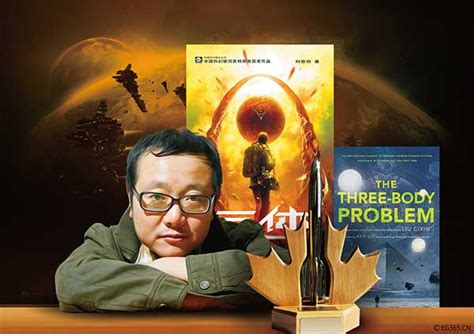The intricate layers of Liu Cixin’s science fiction novels, particularly the celebrated Three-Body Problem series, have not only captivated readers worldwide but also presented formidable challenges for screen adaptations. While some adaptations have been praised for their fidelity to the source material, others, like the Netflix series, have faced criticism for deviating from the original’s essence. The reception highlights a broader dialogue about the fidelity of adaptations and the balance creators must strike between original narrative integrity and the visual and narrative demands of film and television.
Critics have often pointed out the watering down of complex scientific and philosophical ideas in the transition from page to screen. The Netflix adaptation, in particular, transformed intricate scientific concepts into over-simplified visual metaphors that some viewers found underwhelming. Compare this to the Tencent adaptation, where significant efforts were made to stay true to the nuances of the text, stretching across a much more substantial series format. This comparison underscores differing approaches to adaptation: one striving for mass appeal and the other for authenticity.
Further complicating the adaptation process are the cultural and thematic depths of Liu’s works, deeply rooted in Chinese history and cultural narratives. The alterations in character backgrounds and plotlines to accommodate a global audience dilute these themes, potentially alienating fans who found the cultural underpinnings integral to the story. This underscores the cultural challenges that arise when globalizing a story so steeped in specific cultural motifs, raising questions about the global vs. local narratives in literature adaptations.
Amidst these divisive views, some fans appreciate the screen adaptations for introducing Liu’s universe to a broader audience, suggesting that despite its flaws, the adaptations play a crucial role in expanding the reach of science fiction literature. These varying receptions highlight the subjective nature of watching adaptations and how personal experiences with the original texts influence perceptions. As adaptations continue to be a vital part of literary and cinematic discourse, understanding viewer expectations and the core essence of the original works remains crucial.
On the other hand, the broad spectrum of reactions to Liu Cixin’s adaptations – ranging from reverence to disdain – also reflects the evolving landscape of sci-fi fandom. As the genre gains mainstream appeal, the conversation around what makes a ‘faithful’ adaptation continues to evolve. The debate is not merely about the accuracy of details but also about maintaining the thematic heart and philosophical inquiries that make Liu’s works stand out in the science fiction genre. How adaptations address these core elements will likely continue to be a central theme in discussions on the intersection of literature and visual media.


Leave a Reply